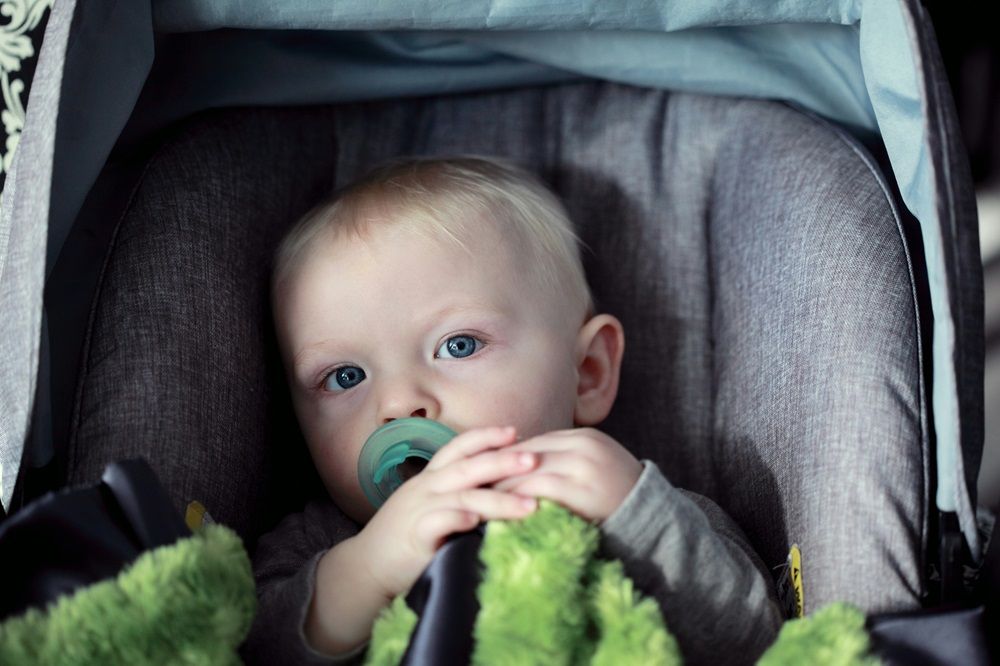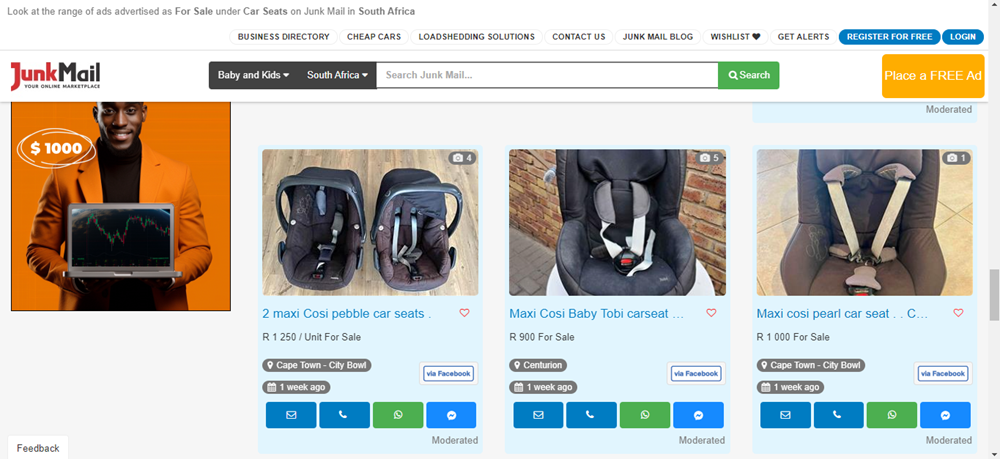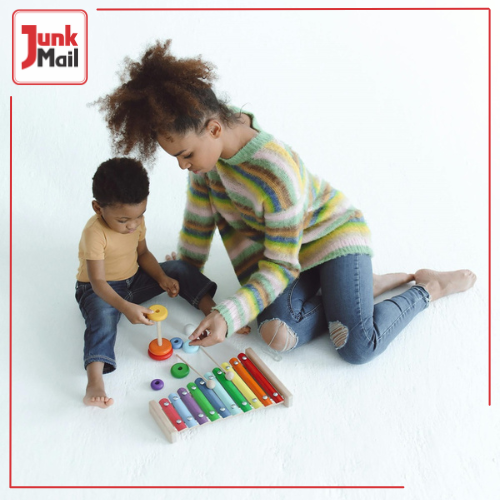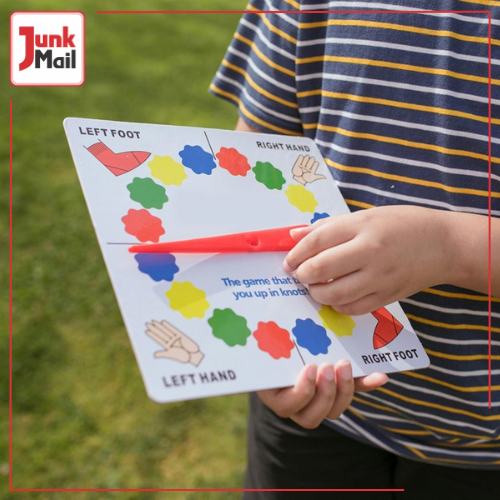Wondering if your child’s car seat is still the right fit? Choosing the right car seat for your child’s age and size is crucial to ensure their safety on the road. With the different stages of development, your child’s car seat needs will change, and making the correct choice is essential for both comfort and protection. In this guide, we’ll break down the stages of car seats to help you make the best decision, ensuring your child is safe, secure, and happy during every journey. If you're looking for safety and travel items that fits your requirements, be sure to browse the listings on Junk Mail, your ultimate destination for buying and selling online in South Africa.
 Photo by Alexander Grey on Unsplash
Photo by Alexander Grey on Unsplash
Understanding the Importance of Car Seats for Safety
Car accidents are a major cause of injury and death among young children, but using the correct restraint can significantly lower the risk. Each stage of a child’s development requires a specific type of seat designed to protect their growing body. South African road safety laws mandate the use of suitable restraints, making it crucial to be knowledgeable about the right options based on your child’s age and size.
Types of Car Seats Based on Age and Size
To choose the right car seat for your child’s age and size, it’s important to know the different categories available, based on both their age and weight. Here's a breakdown of the most common car seat types:
1. Infant Car Seats (Birth to 12 months)
Infant car seats are rear-facing and are the safest option for newborns. These seats are designed for babies from birth up to around 12 months or until they reach the manufacturer’s height and weight limit (typically around 9-13kg). Rear-facing seats offer the best protection for your baby’s head, neck, and spine in the event of an accident.
Key Features:
- Rear-facing design for better impact protection.
- Easy-to-remove seat with a carrying handle.
- Suitable for use with travel systems (strollers).
2. Convertible Car Seats (Birth to 4 years)
Convertible car seats are a great long-term investment as they can transition from a rear-facing seat for infants to a forward-facing seat as your child grows. Typically, they can be used from birth up to around 18kg in rear-facing mode and up to 22-30kg in forward-facing mode. Rear-facing is recommended for as long as possible, ideally until your child is 2-3 years old or has outgrown the seat’s weight and height limits.
Key Features:
- Converts from rear-facing to forward-facing.
- More durable and higher weight limits than infant seats.
- Can be used for a longer period, making it cost-effective.
3. Booster Seats (4 to 12 years)
Booster seats are for older children who have outgrown their forward-facing car seats but are still too small to use an adult seatbelt properly. These seats raise your child so that the seatbelt fits them correctly, ensuring the lap belt lies across the upper thighs and not the stomach, while the shoulder belt fits across the chest and shoulder.
Key Features:
- Used with the vehicle's seatbelt.
- Suitable for children from 18kg to 36kg or until they can sit correctly without a booster.
- Ensures proper belt positioning to prevent injuries.

Key Considerations When Choosing a Car Seat
Selecting the right car seat is about more than just following age and weight guidelines. Here are some additional factors to consider:
1. Safety Standards
Ensure that the car seat meets the latest South African safety standards. Look for car seats with an “SABS” or “ECE R44/04” certification, which guarantees that they’ve passed safety tests.
2. Proper Installation
A car seat is only effective if it’s installed correctly. Many parents make the mistake of improperly securing the car seat, which can significantly reduce its effectiveness. When purchasing a car seat, make sure you understand the installation instructions, or consult a professional for assistance.
3. Comfort
Comfort is key for long drives. Look for padded car seats with adjustable features such as reclining positions and harness heights. This will ensure that your child remains comfortable, which can reduce restlessness during trips.
4. Ease of Cleaning
Children often spill food and drinks in the car, so it’s essential to choose a car seat with removable, washable covers to keep the seat clean and hygienic.
When Should You Transition to the Next Car Seat?
It’s crucial not to rush the transition from one car seat stage to another. Keep your child in each stage for as long as they meet the height and weight requirements. Here’s a quick guide:
- Infant Seat to Convertible Seat: When your child exceeds the maximum weight or height limit for their infant seat (typically around 9-13kg).
- Convertible Seat to Booster Seat: When your child reaches the forward-facing weight limit, typically around 18-22kg, or their shoulders no longer fit under the harness straps.
- Booster Seat to Seatbelt Only: When your child is at least 1.45m tall and the adult seatbelt fits them properly without a booster.
The Benefits of Buying Pre-Owned Car Seats
If you’re on a budget, buying a pre-owned car seat is a viable option. Many high-quality seats are available on platforms like Junk Mail, where parents can find affordable, gently used items. However, ensure that the seat hasn’t been involved in a previous accident and check that all parts are still functional.
What to Look for in a Second-Hand Car Seat:
- No visible damage or missing parts.
- Less than six years old.
- Complete with a manual for installation instructions.
- Free from previous recalls.
Choosing the right car seat for your child’s age and size is one of the most important decisions you can make to protect them on the road. From infant seats to boosters, each stage of your child’s growth requires a specific type of car seat to ensure their safety and comfort. By following these guidelines, you’ll have peace of mind knowing your little one is well-protected. For more options, find both new and pre-owned safety and travel items that fit your needs and budget on Junk Mail, South Africa's number one online marketplace for buying and selling.





